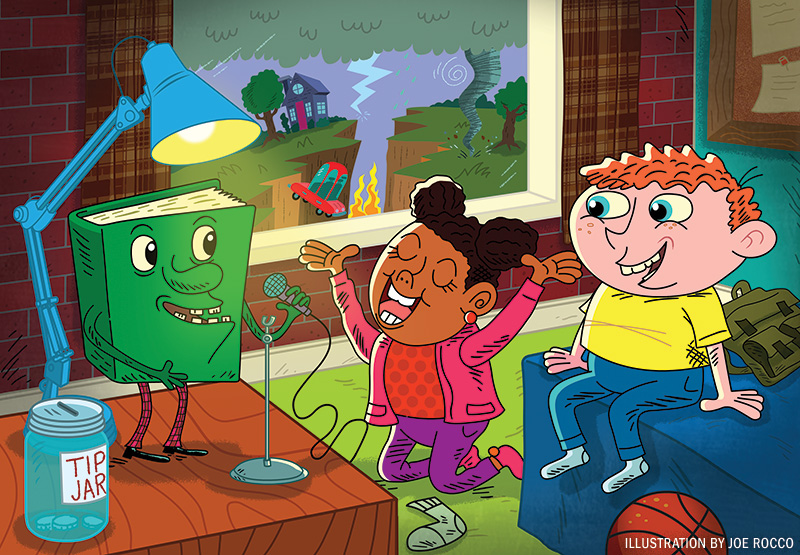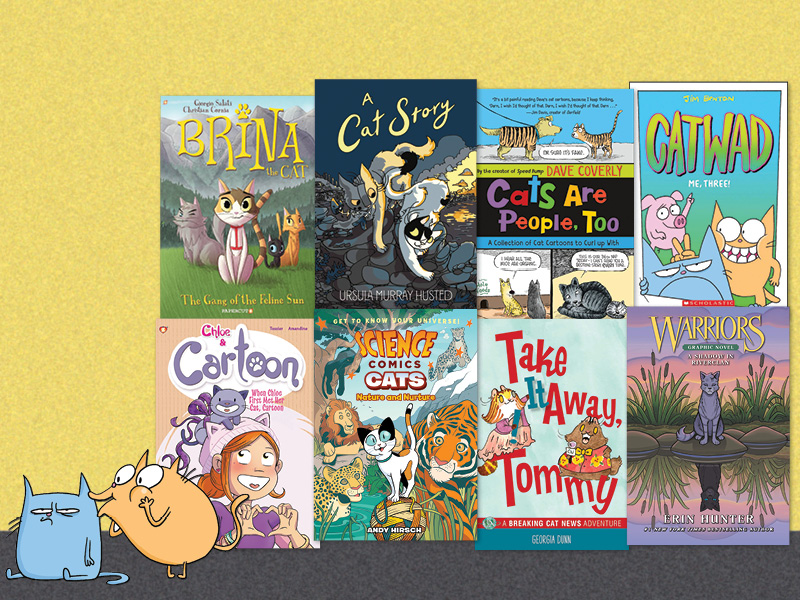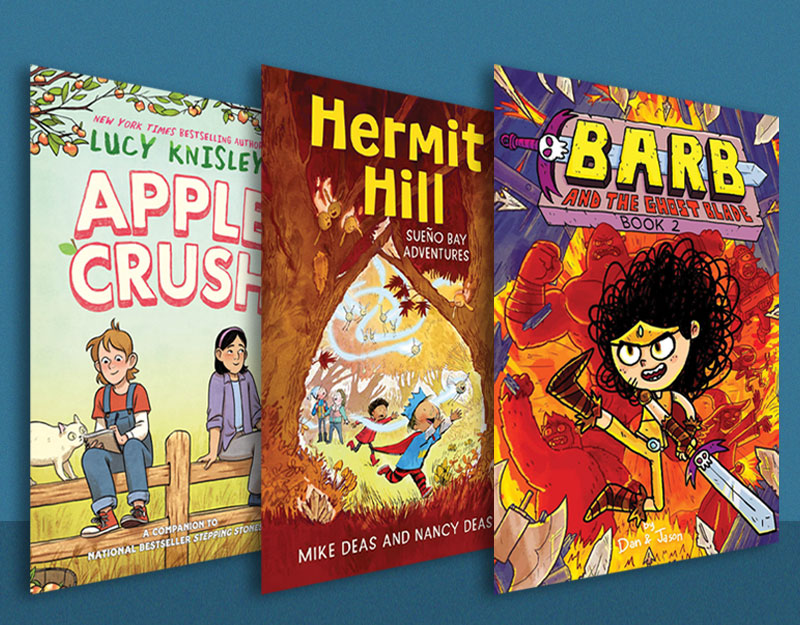Review: The Secret Adventures of Hamster Sam: Attack of the Evil Boll Weevils!
I remember the educational comics from my childhood: they were painfully square vehicles for addressing topics such as "staying safe around power lines" or "saying no to peer pressure." The art was subpar; the scripts were tin-eared; and the paperstock was even worse. Teachers usually distributed them in conjunction with a earnest safety lecture, and students quickly relegated them to the trash. (It was the 1970s. We were just getting hip to recycling.) As Peter Gutierrez’s recent guest article demonstrates, however, today’s educational comics have earned a legitimate place in the classroom by tackling a variety of historic, scientific, and social issues that, when presented in other media, can seem dry or abstract. The Secret Adventures of Hamster Sam: Attack of the Evil Boll Weevils! exemplifies this trend, using humor to teach the science and history of the Southern cotton industry. While I have some reservations about Hamster Sam, I see it as a marked improvement from the edu-comics of my youth.
The Secret Adventures of Hamster Sam: Attack of the Evil Boll Weevils!
By Dave McDonald
Rating: Ages 8-12
2008, DM Creative Publishing, ISBN: 978-0-9798445-0-8
32 pp., $15.95
 The story focuses on cheese-lover and comic book fanatic Hamster Sam. Though Sam looks like an ordinary rodent, he’s actually a member of the Secret Adventure Patrol, a time-traveling, crime-fighting organization of… well, one. When he receives a call for help, he jumps in his cheddar-powered time machine and heads back to 1920s North Carolina, where a gang of motorcycle-riding boll weevils threatens the local cotton crop. With the help of his bookish pal Miles, an inchworm, and two cotton bolls (named — what else? — Eli and Whitney), Sam saves the day and returns to the present just in time for his afternoon snack.
The story focuses on cheese-lover and comic book fanatic Hamster Sam. Though Sam looks like an ordinary rodent, he’s actually a member of the Secret Adventure Patrol, a time-traveling, crime-fighting organization of… well, one. When he receives a call for help, he jumps in his cheddar-powered time machine and heads back to 1920s North Carolina, where a gang of motorcycle-riding boll weevils threatens the local cotton crop. With the help of his bookish pal Miles, an inchworm, and two cotton bolls (named — what else? — Eli and Whitney), Sam saves the day and returns to the present just in time for his afternoon snack.
ADVERTISEMENT
ADVERTISEMENT
Writer Dave McDonald makes a concerted effort to include as many interesting scientific and historical nuggets as he can, briefly interrupting the story for several pages of background on cotton farming and cloth production. Using a mixture of historical photographs and cartoon panels, McDonald explains key terms — cotton gin, loom, carding — describes factory working conditions — hot, dusty, dangerous — and shares fun facts about mill workers’ after-work passtimes. Though these pages are simple and effective, the educational content is not well integrated into the overall plot. McDonald misses several key opportunities to make historical or scientific facts play a role in the story’s outcome. In the final pages, for example, Sam defeats the boll weevils by dousing them with cheese. No mention is made of pest control, or what might have happened if Sam had failed to subdue the weevils — a serious oversight, given the devastating impact that infestations had on the Southern economy in the 1920s. Furthermore, McDonald doesn’t use his character designs to underscore an important fact about boll weevil biology: it’s the larvae, not the adults, that eat cotton bolls. As depicted in Hamster Sam, the boll weevils are fully matured… biker dudes.
At the same time, however, it’s hard to resist Hamster Sam‘s goofy humor. McDonald’s experience as a puppeteer and children’s television producer shines through in the dialogue, which is peppered with groan-worthy puns and smart-alecky asides that grade schoolers will appreciate. (Sample: "I have a fifth-grade education and I’m not afraid to use it!") The bold, cartoonish artwork is a good match for the cheeky tone, switching from a bright, vivid palette in present-day scenes to a sepia-toned one in the past. Though this muted palette neatly matches the historic photos, helping intergrate them into the visual flow of the story, it’s also a nifty joke that kids will enjoy: after all, we all know the "olden days" were in black and white.
Given the picture-book presentation and talking animals, I’d argue that Hamster Sam is best suited for third graders; older readers may find the book too "babyish," even though the reading level and content are appropriate for kids in the eight-to-ten range. (The publisher gives eight-to-twelve as the suggested age range, but I can’t imagine many tweens responding well to the format.) In spite of its flaws, Hamster Sam has enough solid historical content for classroom use, perhaps in concert with a geography lesson on the Southern United States or a history lesson on American inventors. Teachers should note that McDonald has prepared a study guide to accompany the book, which is available through his website.
Review based on a complimentary copy provided by the publisher.
Filed under: Reviews, Uncategorized
About Katherine Dacey
Katherine Dacey has been reviewing comics since 2006. From 2007 to 2008, she was the Senior Manga Editor at PopCultureShock, a site covering all aspects of the entertainment industry from comics to video games. In 2009, she launched The Manga Critic, where she focuses primarily on Japanese comics and novels in translation. Katherine lives and works in the Greater Boston area, and is a musicologist by training.
ADVERTISEMENT
ADVERTISEMENT
SLJ Blog Network
2024 Books from Coretta Scott King Winners
Monster Befrienders and a Slew of Horror/Comedy: It’s a Blood City Rollers Q&A with V.P. Anderson & Tatiana Hill
Parsing Religion in Public Schools
Book Review: Keeping Pace by Laurie Morrison
ADVERTISEMENT







